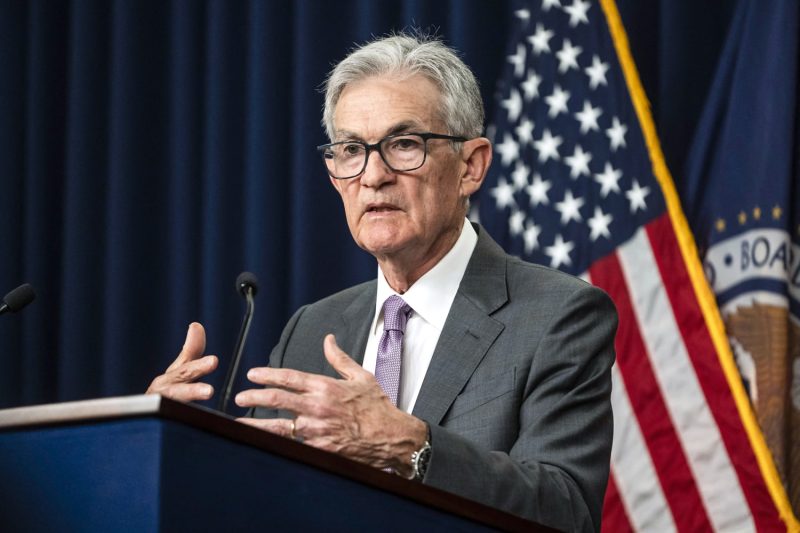Federal Reserve Chair, Jerome Powell, announced today that the time has come for an interest rate cut in order to stimulate the economy amid growing concerns of a potential recession. Powell’s statement comes after the Federal Reserve raised interest rates four times in 2018, prompting criticism from President Trump and others who argue that the hikes have been detrimental to economic growth.
The decision to cut interest rates is a significant shift in monetary policy and signals the Federal Reserve’s willingness to take action to support the economy. Powell emphasized the need for proactive measures to address uncertainty in the global economy, trade tensions, and slower growth both domestically and abroad.
While some analysts have expressed skepticism about the effectiveness of interest rate cuts in boosting economic activity, Powell remains optimistic about the potential positive impact on consumer spending, borrowing, and investment. Lower interest rates could lead to increased access to credit for consumers and businesses, which in turn could stimulate spending and help spur economic growth.
However, there are concerns about the implications of lowering interest rates, including the impact on inflation and the overall health of the economy. Critics argue that cutting rates could lead to an overheated economy and asset bubbles, as well as limit the Federal Reserve’s ability to respond to future economic downturns.
Powell’s announcement has already sparked debate among policymakers, economists, and market participants about the potential consequences of an interest rate cut. While the decision is not without risks, many see it as a necessary step to support the economy and prevent a downturn in the face of mounting challenges.
As the Federal Reserve prepares to implement the interest rate cut, all eyes will be on how the move will shape the economic landscape and whether it will be enough to mitigate the risks of a potential recession. Powell’s message emphasizes the importance of remaining vigilant and flexible in adapting monetary policy to changing economic conditions in order to sustain long-term growth and stability.

